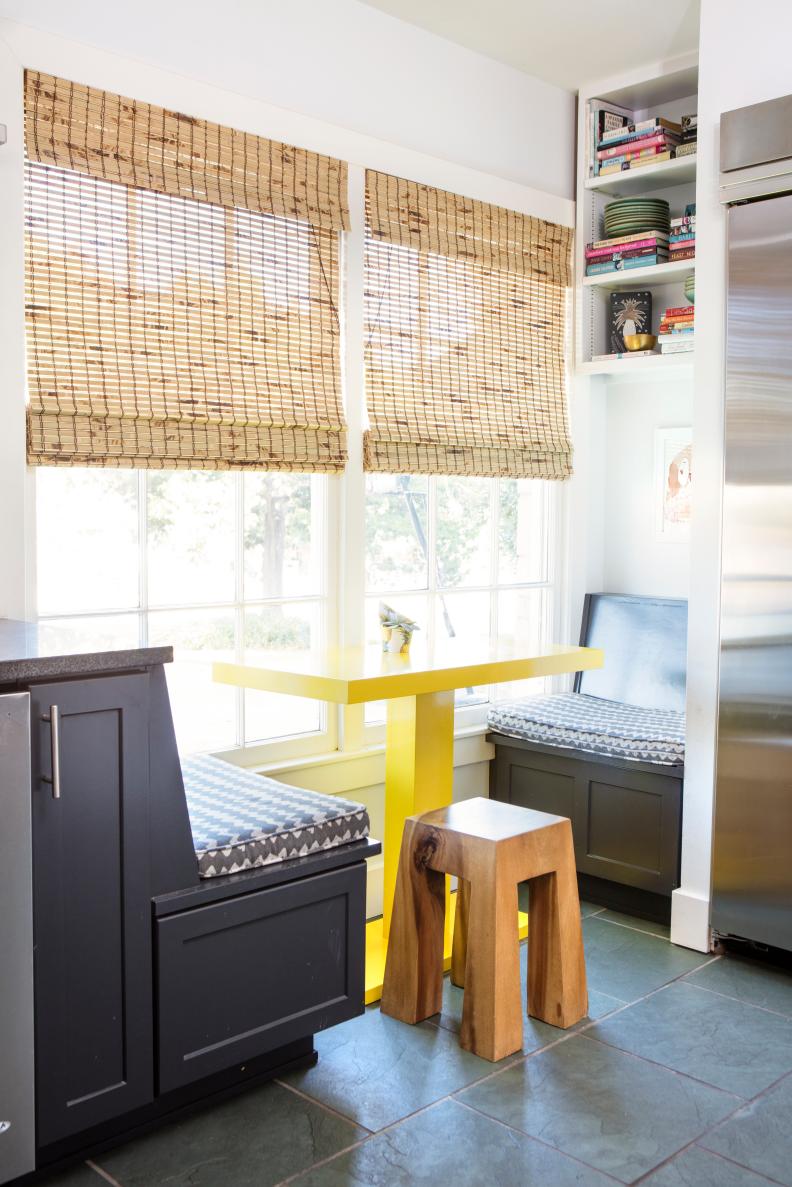1 / 20
Roller Shades
A stylish alternative to blinds, easy-to-operate roller shades look and work best mounted inside the window frame. Similar to blinds, roller shades are often accompanied by a second window treatment like curtains for aesthetic purposes and extra light control. Roller shades are also a good choice for windows with extra-thick molding, as they allow you to treat the window without covering the architectural detail.









